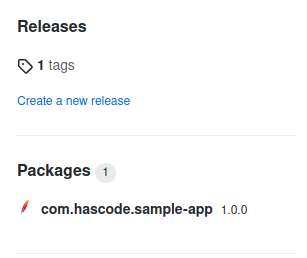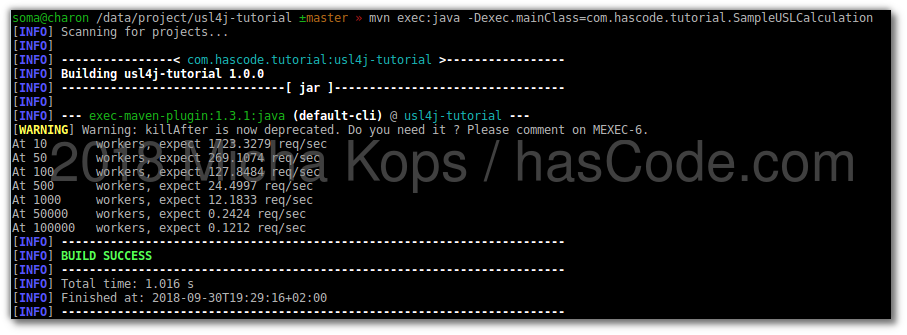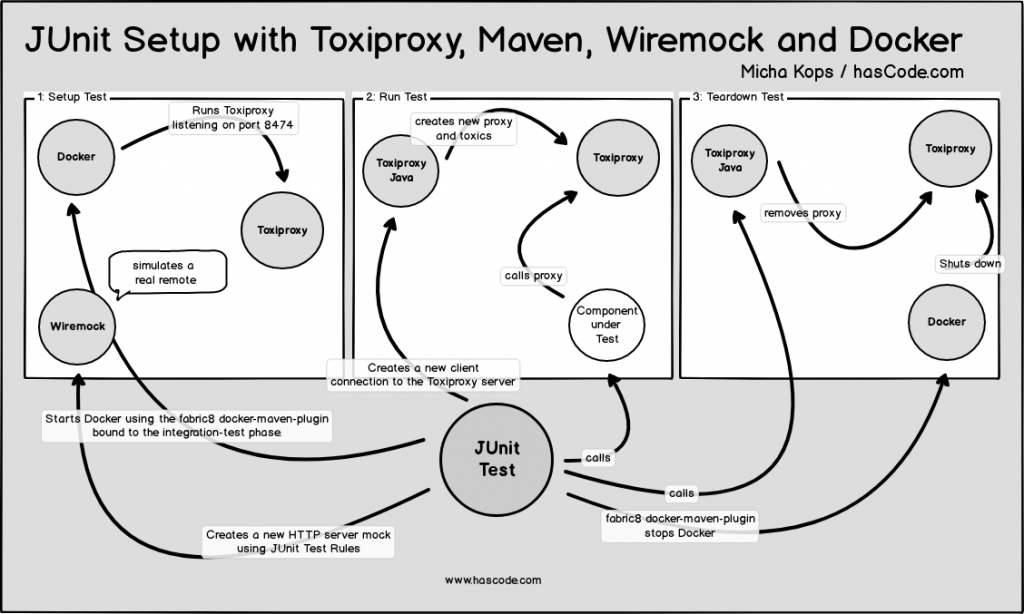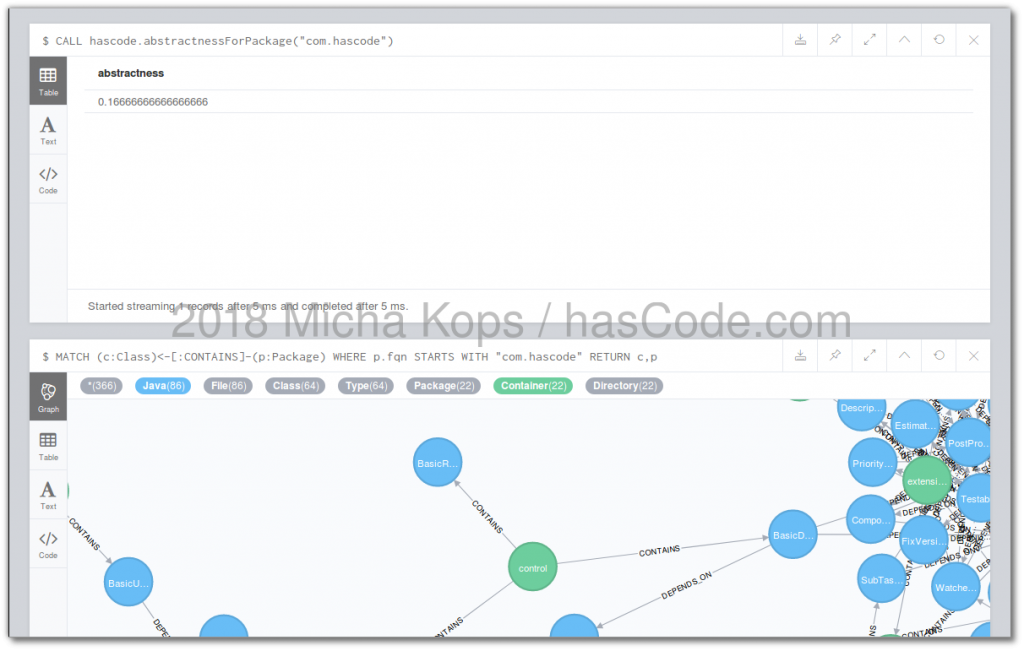Logback and Spring Boot - Change Log Level to custom format
Create a custom converter This class converts the well known log levels to a custom format CustomLogLevelConverter.java package com.hascode; public class CustomLogLevelConverter extends ClassicConverter { @Override public String convert(ILoggingEvent event) { switch (event.getLevel().toInt()) { case Level.ERROR_INT: return "ERROR!!!"; case Level.WARN_INT: return "WARN!!"; case Level.INFO_INT: return "INFO!"; case Level.TRACE_INT: return "DEBUG"; default: return event.getLevel().toString(); } } } Register the converter The following Logback config includes some defaults and registers our custom converter. ...






